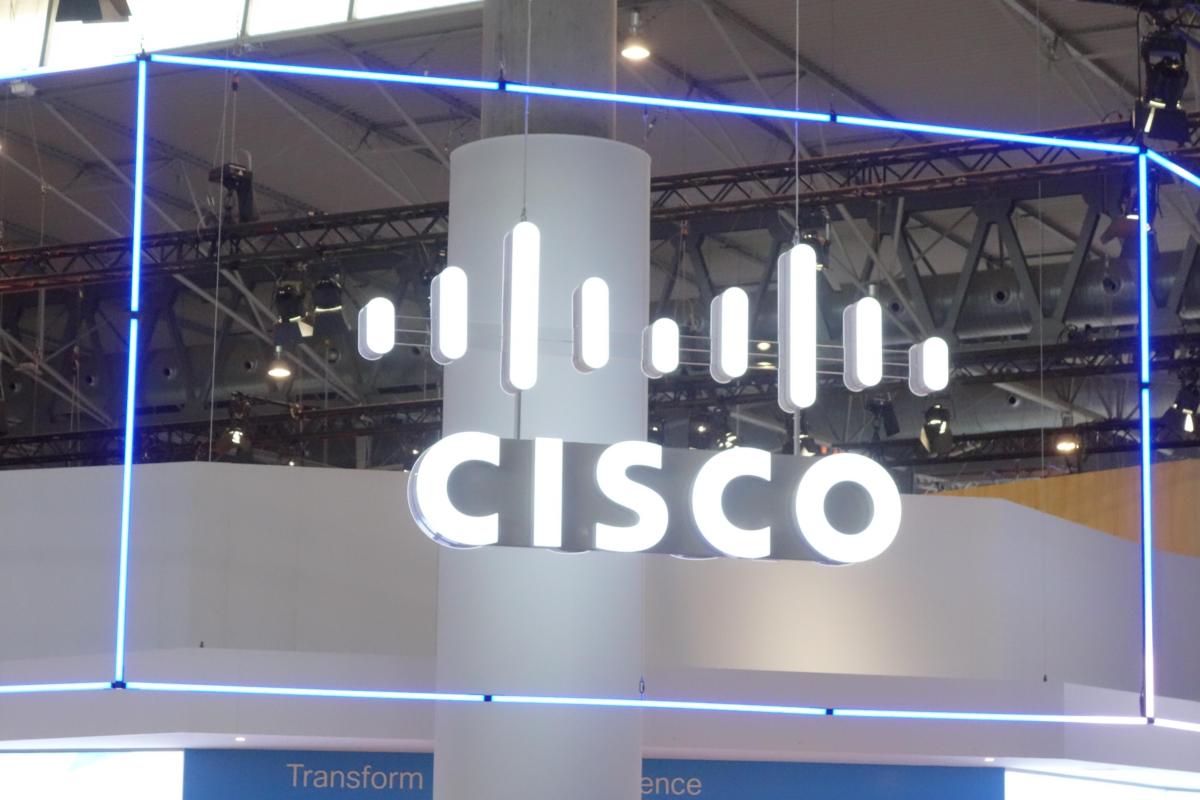How Cisco wants to become the Switzerland of the cloud
Source: Brandon Butler
 After years of juggling with different strategies of how to pursue the cloud computing market, Cisco now has what it believes will be a winning one: Become a so-called Switzerland of the cloud.
After years of juggling with different strategies of how to pursue the cloud computing market, Cisco now has what it believes will be a winning one: Become a so-called Switzerland of the cloud.
Cisco is not spending billions of dollars to build a public cloud to compete with Amazon Web Services, Microsoft Azure and Google Cloud Platform. "That ship has sailed," says Fabio Gori, head of cloud marketing at Cisco.
[ Intel, Apache, Amazon, and more: See the 2017 open source rookies of the year. | Cut to the key news in technology trends and IT breakthroughs with the InfoWorld Daily newsletter, our summary of the top tech happenings. ]
+MORE AT NETWORK WORLD: Cloud comparison Amazon Web Services vs. Microsoft Azure vs. Google Cloud Platform +
Instead, Cisco wants its existing customers, and new ones, to think of the company as an independent arbiter of cloud resources. If customers want to use public or private cloud, Cisco will help them manage those resources. As customers look to deploy an Internet of Things program, secure mobile devices or get advanced analytics on their infrastructure or applications, Cisco will have a platform for them too. Cisco's cloud strategy, it says, will work across multiple public and private cloud environments -- making it a neutral player in the battle of the clouds.
This strategy is an evolution from its past Intercloud plans, which the company said in 2014 it was committing $1 billion to pursuing. The idea behind Intercloud was to create a global interconnection of public, private and hybrid clouds, based off of OpenStack and run by partners. Last year Cisco revealed that it would be moving on from Intercloud, however.
Cisco's new cloud strategy focuses on four main areas: Management (visibility, compliance and optimization); security (of users, data and applications); analytics (of both infrastructure and application insights, along with security and customer experience) and finally advanced networking (scalable, agile, secure and cloud-accessible networking).
"Most customers will use multiple clouds," explains Gori. He notes that up to 85% of customers recently surveyed by Cisco were using some sort of public or private cloud, yet only 3% say they have an "optimized" cloud strategy. A majority of those respondents plan on using multiple cloud endpoints too. "In this world of many clouds, we think there's a desire to use analytics, management and security capabilities across the board, across multiple clouds," he says. An infrastructure and management control plane that works across several end points will "glue these environments together," Gori says.
"In managing this overall environment, people are looking for tools that are common, and in many cases looking for something that's neutral or independent of any particular cloud," says Kip Compton, vice president of Cisco Cloud Platform and Services.
Cisco sees a variety of its products fitting into this over-arching strategy. From the cloud infrastructure side, Cisco's UCS and Nexus hardware product lines are basic building blocks of next-generation data centers that can be used to build private clouds. Hyperflex is Cisco's hyperconverged infrastructure for customers who want to go that route. Cisco's Metacloud product offers customers a managed OpenStack-based private cloud.
On the networking front, Cisco has its Application Centric Infrastructure (ACI) – which run on Nexus devices. Cisco has made many of its network function products available as SaaS products; these include the Cisco Cloud Services Routers, which provides routing, security and network management for public cloud connections; the Cisco Virtual Wide Area Appliance Services (vWAAS) for WAN optimization and the Cisco Adaptive Security Virtual Appliance (ASAv), which includes firewall and VPN capabilities for connecting to the public cloud.
For analytics, Cisco's Tetration platform provides advanced infrastructure insights. Cisco recently bought AppDynamics for application analytics too. On the security front, Cisco has its Umbrella and CloudLock platforms; in collaboration it has cloud-based Spark and WebEx. Two years ago Cisco bought Cliqr, a company that specializes in multi-cloud management, which today makes up the Cisco Cloud Center Product and is part of the Enterprise Cloud Suite of offerings. This platform can help customers connect to public clouds like those from Amazon Web Services, Microsoft Azure and Google Cloud Platform.
Combined, all of these products are aimed to work across multiple infrastructure environments, whether they're on-premises or in the cloud.
Gartner Research Director Mindy Cancila, who tracks the hybrid cloud management market, says that Cisco's Cloud Center product, which is based off its Cliqr acquisition, is solid technology. There are many other vendors competing in the market of multi-cloud management though, including RightScale and IBM's Gravitant. To differentiate, she says Cisco will have to continue to advance the Cloud Center capabilities to further integrate with the popular public IaaS cloud platforms from AWS, Azure and Google.
"There are a lot of traditional infrastructure vendors who are recognizing the growth and adoption of cloud and working to find a way into the public cloud story," she says. "Being the so-called Switzerland, or a neutral cloud provider enables Cisco to have a cloud discussion with many users."
Vendors shouldn't be so neutral that it risks losing differentiation and expertise in the platforms it helps manage though, she says. "Neutrality isn't necessarily the benefit many buyers are looking for," Cancila says. "It's all about integration." Cisco's success in this strategy, she believes, will come down to how they're able to integrate meaningful cloud management operations into its existing products.
| }
|